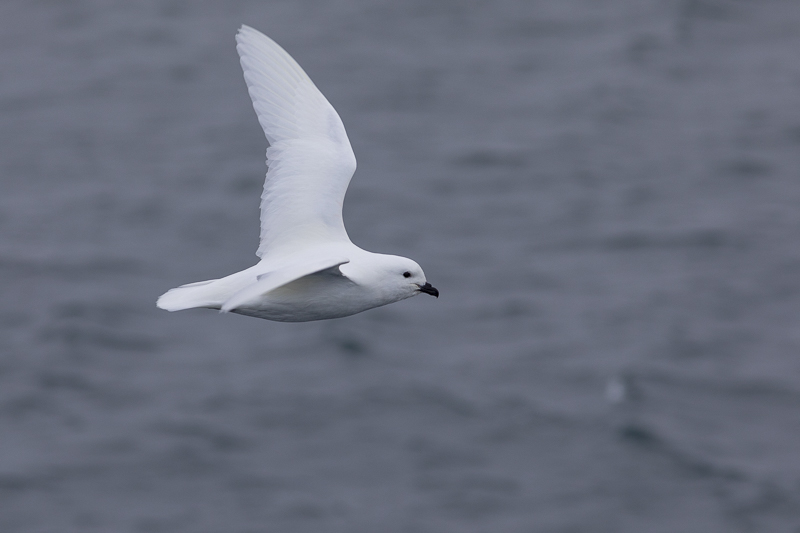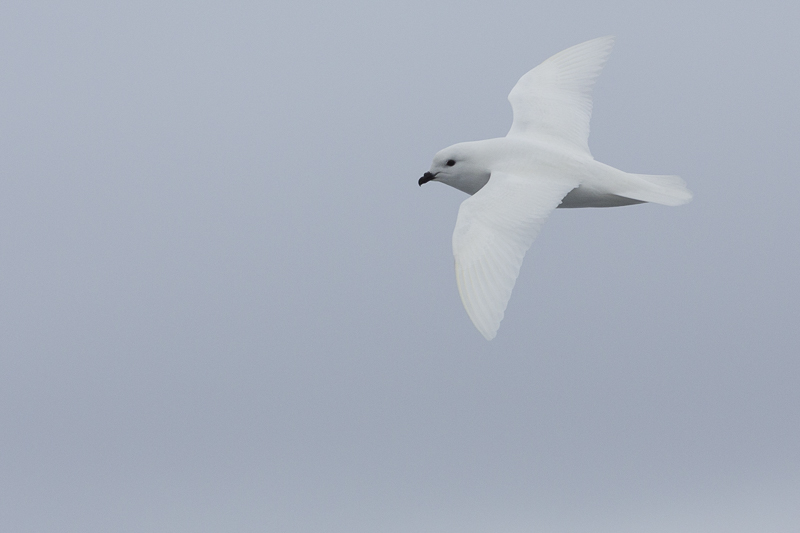Pagodrona, origin of the name
Pagodrona derivates from the scientific name Pagrodroma nivea referring to the Snow Petrel, from ancient Greek pagos meaning “ice” and dromos, “the runner”.
The snow petrel is a seabird that lives in Antarctica and the Southern Ocean, mostly near ice (sea ice, glaciers or icebergs). This “ice runner” is able to breed in some of the most inaccessible places on the planet, such as the mountain ranges of Antarctica. In 1998 a colony was discovered 440 km inland the continent, making it the most remote known breeding site for this species, which depends on the ocean for food.
This incredible bird has the ability to fly over and access areas that are inaccessible to humans or that humans have never even seen before! A rare privilege and a unique opportunity. It inspired the name Pagodrona…
« At noon we were in the latitude of 51° 50′ S., and longitude 21° 3′ E., where we saw some white birds about the size of pigeons, with blackish bills and feet. I never saw any such before; and Mr Forster had no knowledge of them. I believe them to be of the peterel tribe, and natives of these icy seas. »
James Cook, 11 December 1772
“Many snow petrels follow in the wake of the ship, but they are silent companions, never uttering a song or a cry of delight or fear, always gliding lightly in the air.”
Frederick Cook, “Through the first Antarctic night”, February 25th, 1898
« We were sooner well in the pack than the beautiful white ice-petrel appeared. It is one of the most graceful birds on the face of the globe and is never to be found far from the southern ice-fields. »
Louis Bernacchi, “To the South Polar regions”, 1901
“The most beautiful birds we met with were the snow petrels which began to appear soon after we entered the pack.”
Herbert George Ponting, The great white South, 1921


